(continuer en français) – Published: June 15, 2024
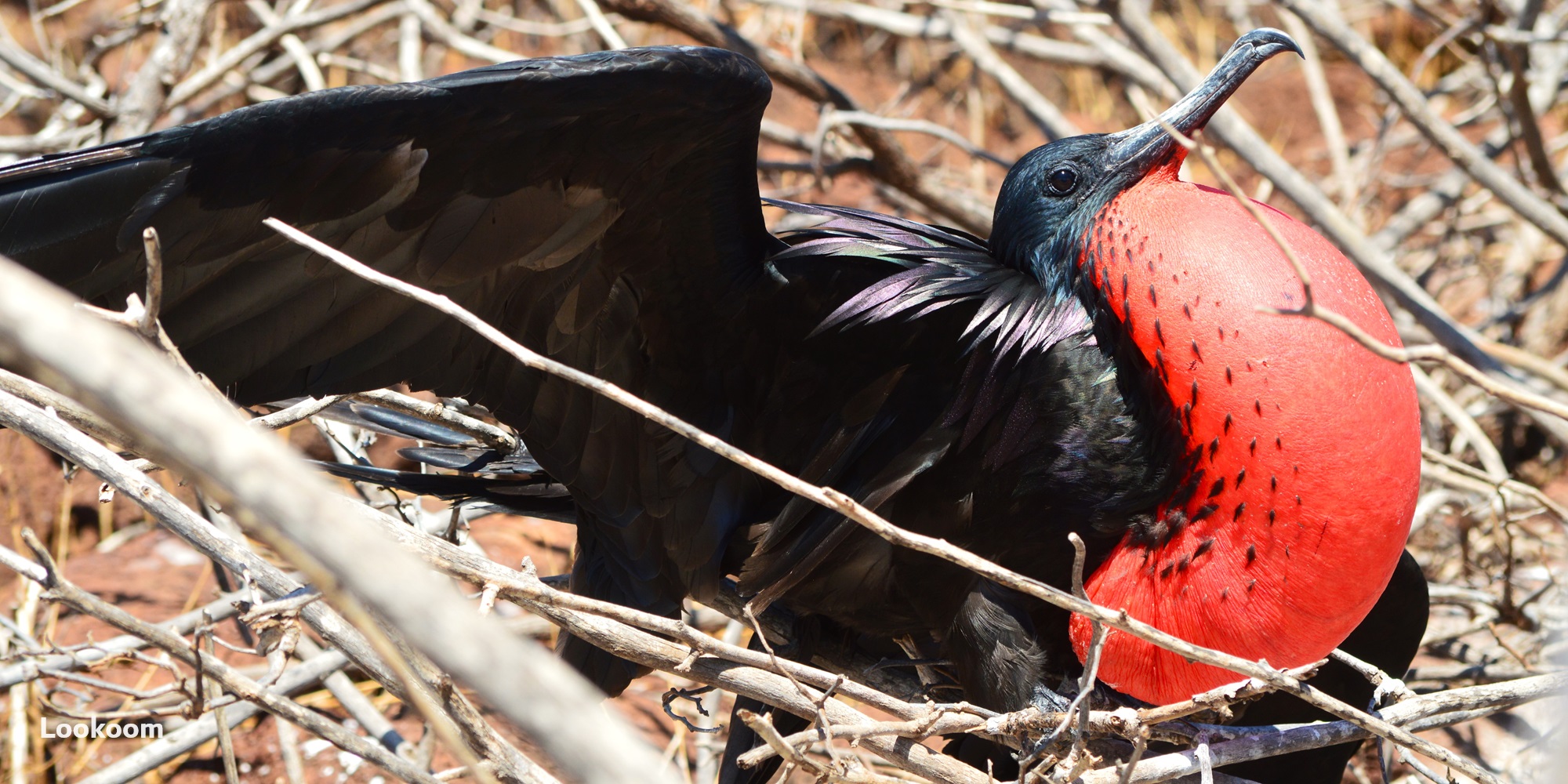

North Seymour Island is a small uninhabited island in the Galapagos archipelago, with a rich ecological heritage. Situated just to the north of Baltra Island, where the main Galapagos airport is located, the island covers an area of around 2 square kilometres. Its formation is attributed to the geological uplift of underwater lava, which contrasts with the volcanic origins of many other Galapagos islands. This geological history gives it a relatively flat, rocky landscape, characterised by a combination of dry scrubland and lush coastal vegetation.
North Seymour Island is a true paradise for birdwatchers, as birds can be approached from just a few metres away. The island is best known for its colonies of blue-footed boobies and frigate birds.

Visits
Conservation is a key concern on North Seymour Island, as it is throughout the Galapagos Islands. The islands’ delicate ecosystems are under constant threat from human activity and invasive species. The Galápagos National Park limits the number of visits and visitors. It is forbidden to disembark on the island without a permit and it is compulsory to be accompanied by a guide. The guides are competent and often bilingual, providing good information on the behaviour and adaptations of the species encountered.
Visitors passing close to the birds should keep to the marked paths, covering only a small part of the island. A respectful distance must be kept from the wildlife, and physical interaction must be refrained from.
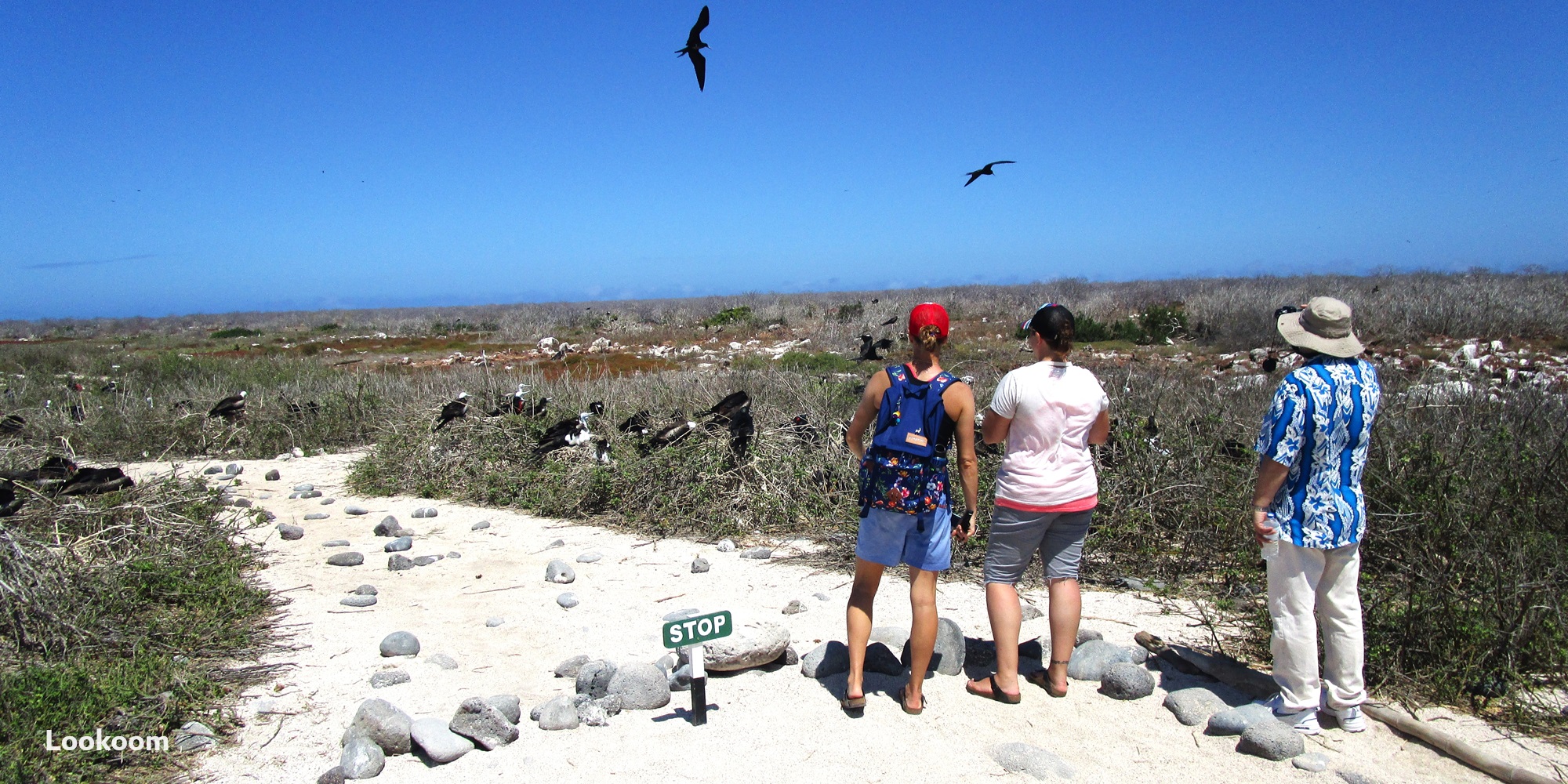



Flora
The island’s flora is indicative of its arid climate. The landscape is dotted with Palo Santo trees, which shed their leaves to conserve water during the dry season, giving the land a stark, skeletal appearance. These trees, along with Opuntia cacti, form a hardy canopy that is home to a variety of wildlife.
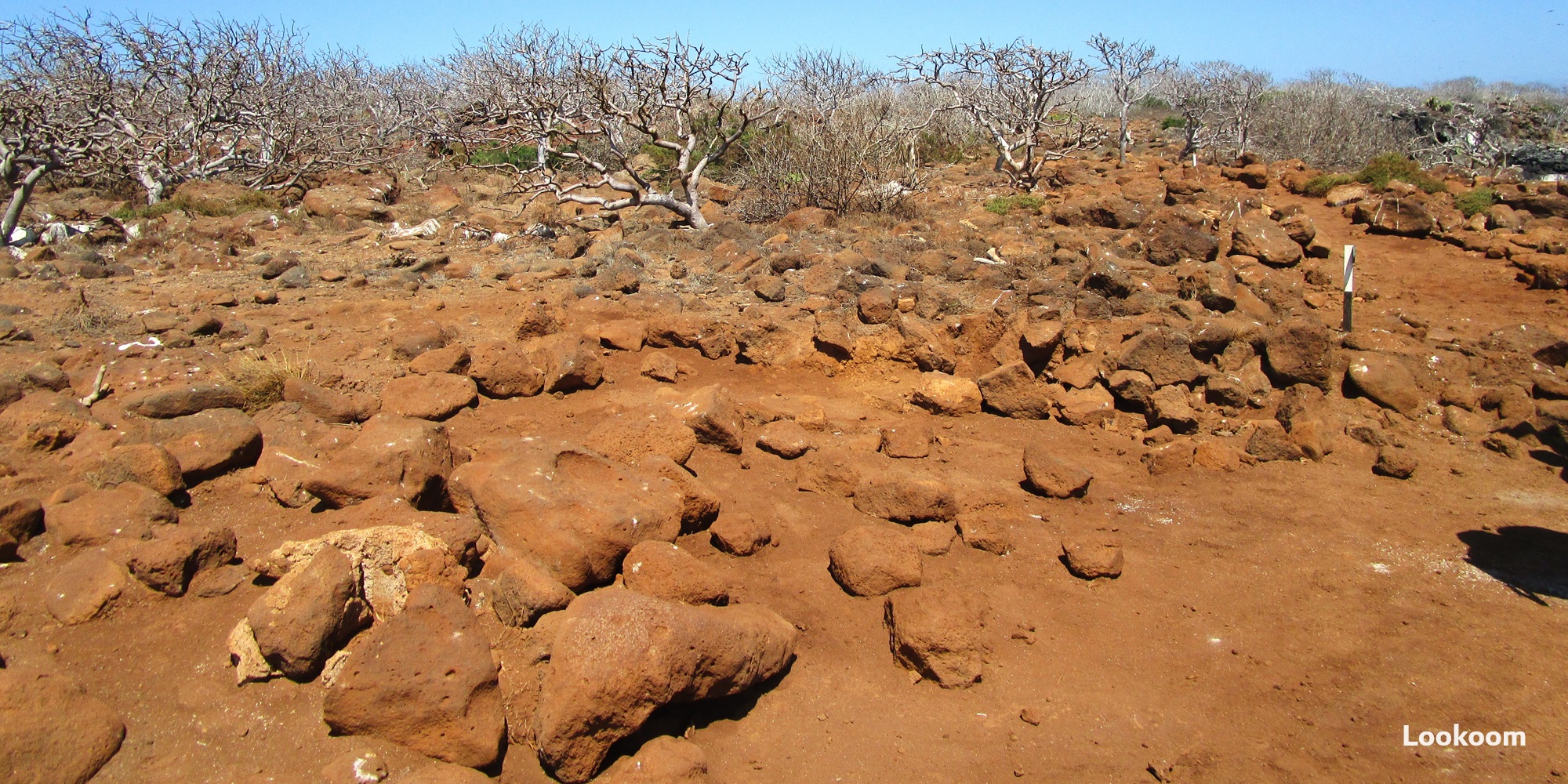


Blue-footed boobies
Blue-footed boobies are seabirds known for their bright blue feet, which play a key role in their elaborate mating rituals. Mainly found in the Galapagos Islands, these birds engage in a unique mating dance in which males lift and display their feet to attract females. The bright blue colour indicates that the male is in good health.
Blue-footed boobies are excellent divers, feeding mainly on fish. They nest on land, often in colonies, and share parental duties. Their unique behaviour and amusing appearance make them a subject of curiosity and a highlight for visitors to the Galápagos.



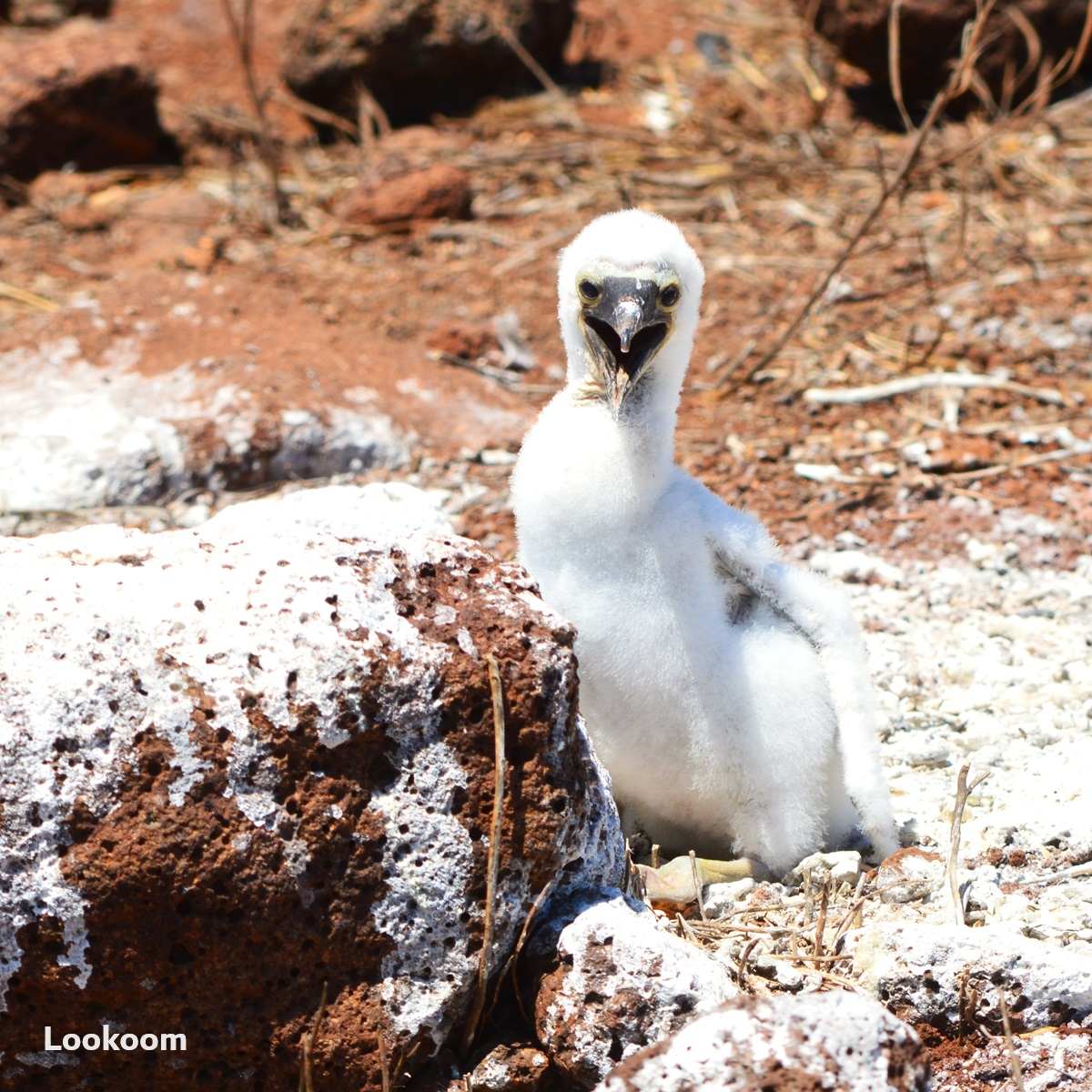
Frigates
Equally fascinating are the magnificent frigatebirds, known for their spectacular courtship displays. During the mating season, male frigatebirds inflate their crimson throats to impressive sizes, creating a sort of bright red balloon to attract females. The sight of dozens of these birds with their inflated pouches is one of the most memorable sights on the island.
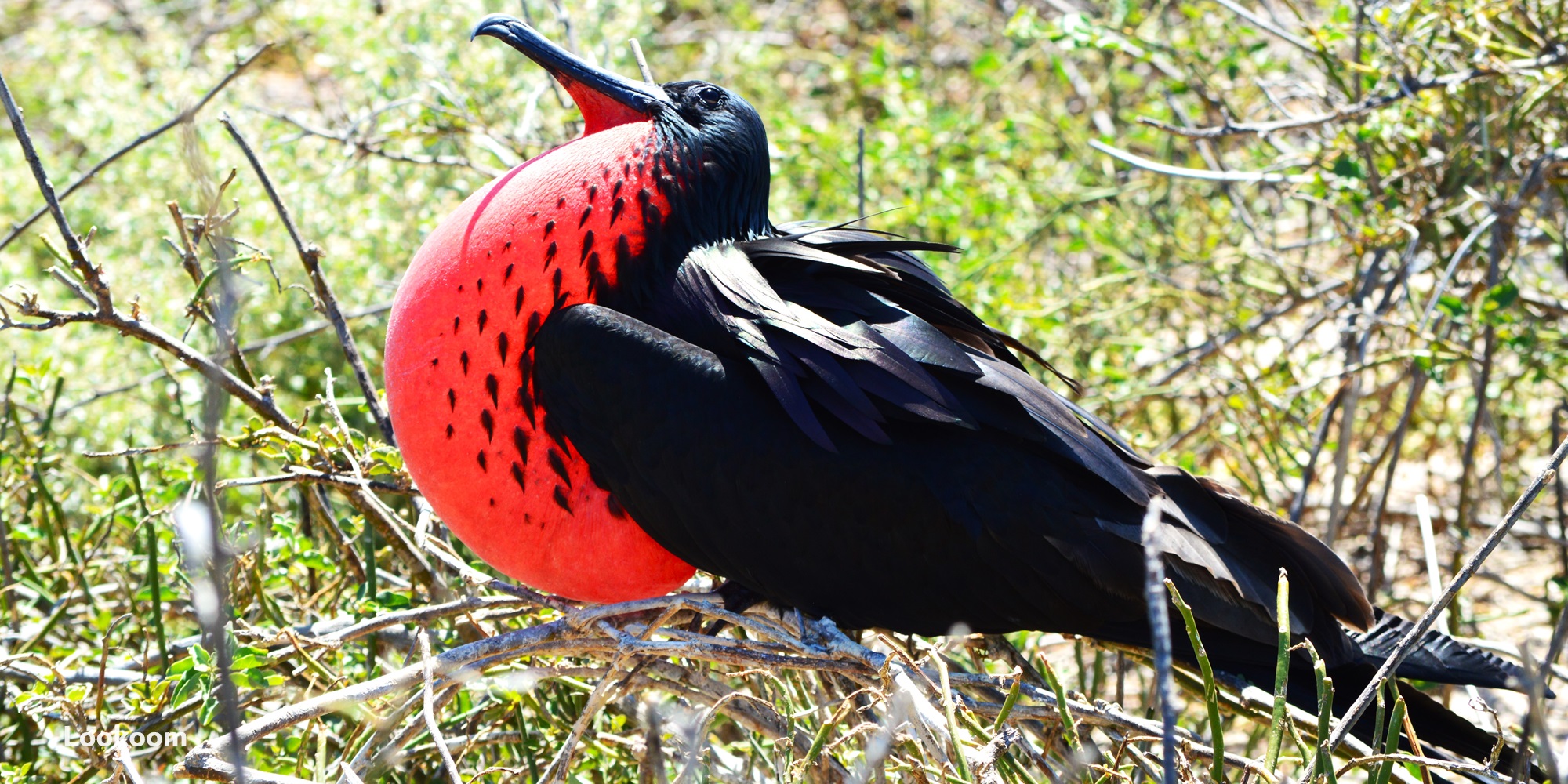

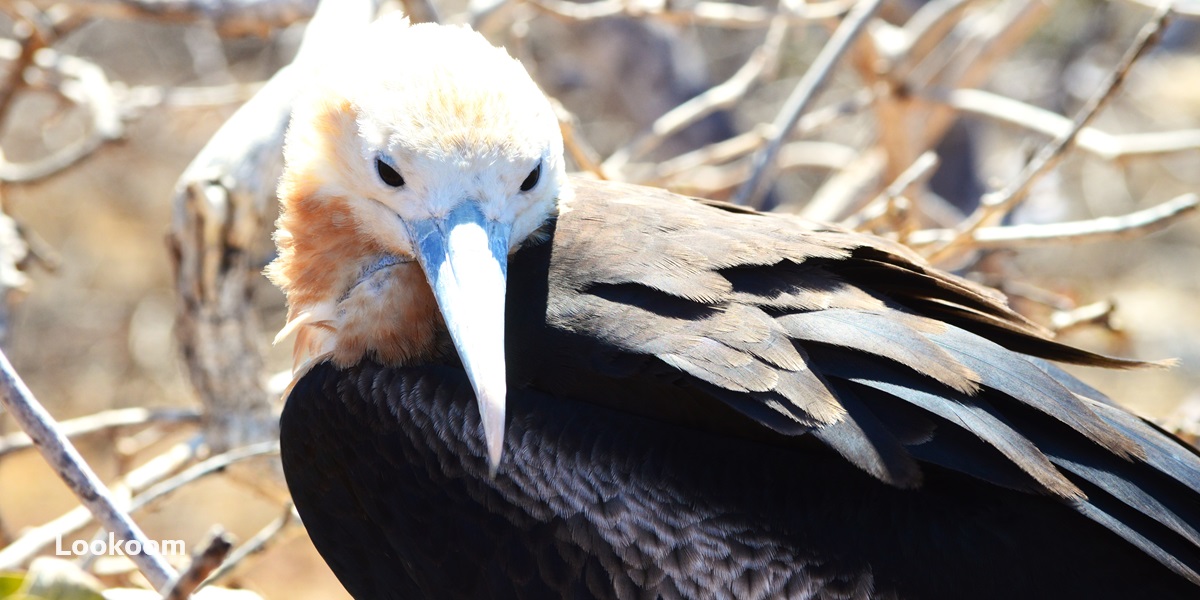
Land iguanas
The fauna of North Seymour Island is not limited to birds. Land iguanas, originally introduced to the island from the neighbouring island of Baltra, thrive in its environment. These lymphatic reptiles are often seen basking on the rocks or foraging in the vegetation.

A visit to North Seymour Island briefly creates the illusion of being in another world, a world where humans and animals live in peaceful coexistence, free from fear and aggression. This particular microcosm makes it a captivating destination for those interested in nature.

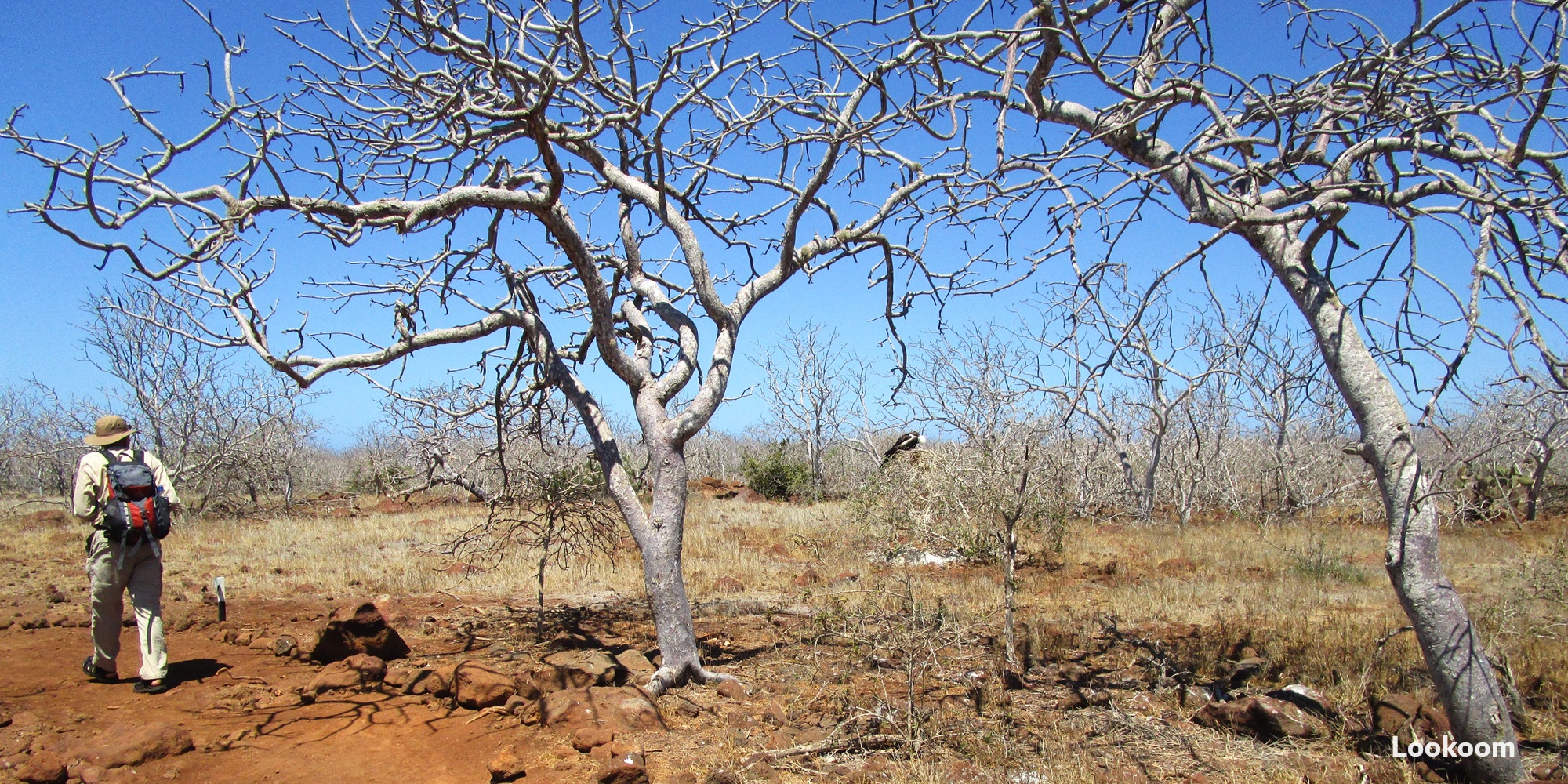
To be informed of upcoming articles, register here (it’s free!).
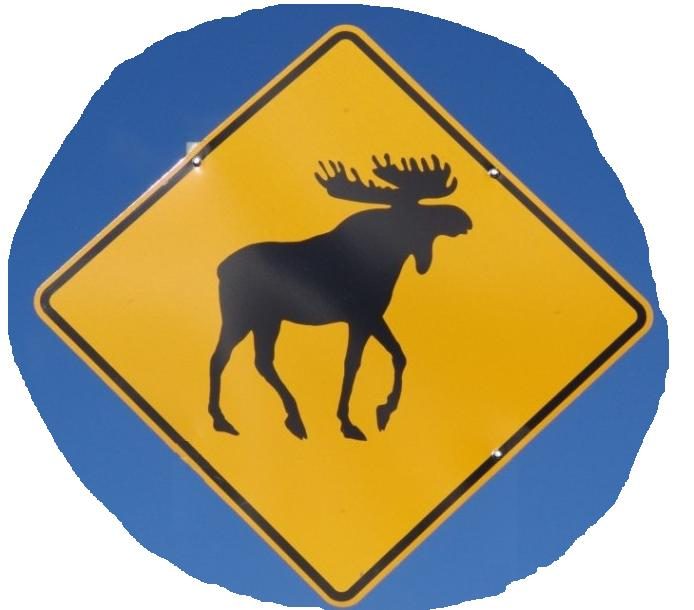
A real treat to see this place and the species on it. You always hear about these rarities and it must be so nice to see them for real. Thanks for sharing. Allan
LikeLiked by 1 person
Years later, I still remember it as a magical moment.
LikeLiked by 1 person
What a spectacular island with fabulous birdlife. The frigates are just something else and surely an absolute pleasure to witness in the flesh. Great captures.
LikeLiked by 1 person
The moment is short, but the memory lasts a long time; the experience is so different from what might be experienced elsewhere.
LikeLiked by 1 person
Everything one ever reads or sees about Galapagos is just fantastic. We must get there sone day!
LikeLiked by 1 person
I imagine you’d make friends with the blue-footed boobies and the sea lions would tell you all about their lives after a few beers. Seriously, I think this is a destination where being close to the animals is more important than being close to the people.
LikeLiked by 1 person
💛
LikeLiked by 1 person
This was one of our favourite stops in Galapagos. To be able to get so close to the animals and birds was such a great experience. You’re pictures brought me right back, even though it was years ago that we visited. Maggie
LikeLiked by 1 person
I have exactly the same memory, I haven’t felt the same closeness to animals in the wild since.
LikeLiked by 1 person
What an incredible experience. I would love to visit the Galapagos Islands someday.
LikeLiked by 1 person
It’s certainly a different experience from other trips. Let’s hope it stays that way for a long time to come.
LikeLiked by 1 person
Wow, that’s so cool! I’ve only ever seen these birds in photos or dioramas at our local museum. Great photos! I’m glad to know they take conservation so seriously on the island.
LikeLiked by 1 person
At first, the guides may seem a little strict and harsh, but the results are good.
LikeLiked by 1 person